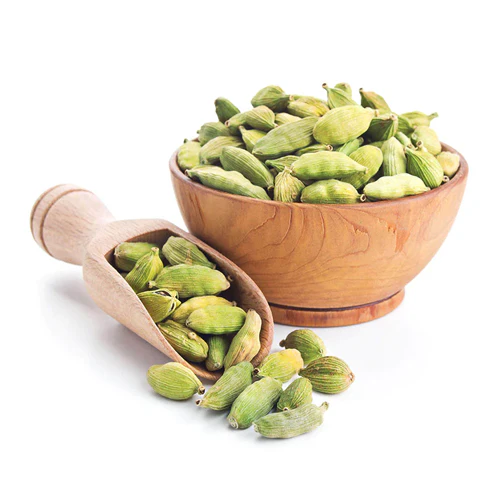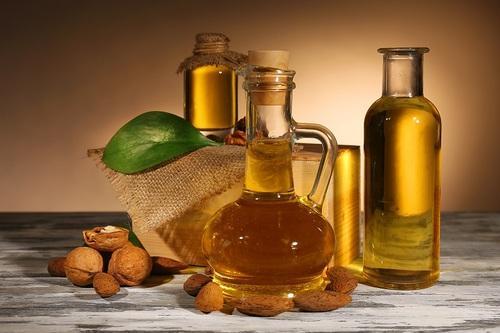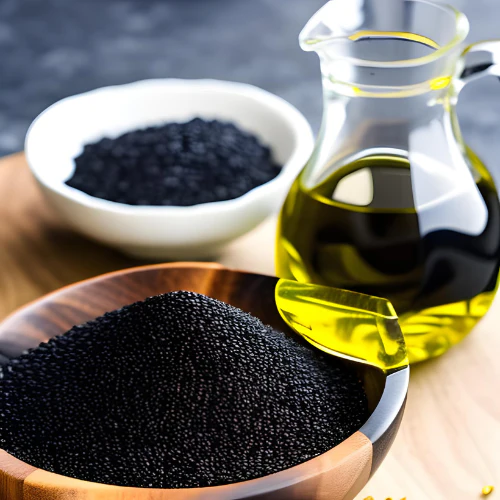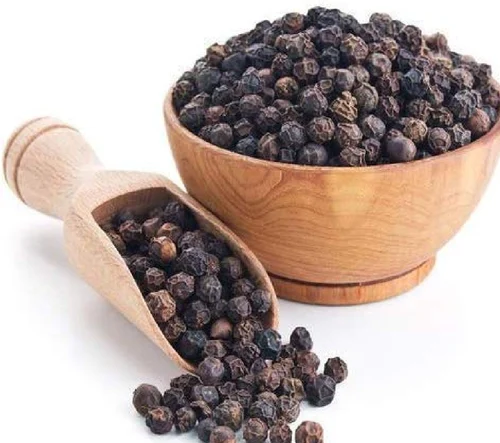Cardamom, often referred to as the "queen of spices," is renowned for its unique and aromatic flavor profile, which adds depth and complexity to a wide range of dishes. This spice, derived from the seeds of the Elettaria cardamomum plant, is valued for its sweet, spicy, and slightly citrusy notes that can enhance both savory and sweet recipes. Cardamom is commonly used in baking, such as in pastries and desserts, as well as in savory dishes like curries and stews. Its versatile flavor makes it a staple in many global cuisines, from Indian and Middle Eastern to Scandinavian. Additionally, cardamom is often used to infuse beverages like tea and coffee, providing a fragrant and invigorating twist.
Health Benefits and Traditional Uses of Cardamom
Beyond its culinary applications, cardamom is also celebrated for its potential health benefits and traditional uses. It is rich in essential oils and antioxidants, which may contribute to digestive health, reduce inflammation, and support overall well-being. Traditionally, cardamom has been used in various cultures to aid digestion, alleviate symptoms of nausea and indigestion, and even freshen breath. Its antimicrobial properties have made it a valued ingredient in natural remedies and herbal medicine. As a spice with both flavor and therapeutic properties, cardamom continues to be an important element in both modern and traditional health practices.
 8754060361
8754060361







